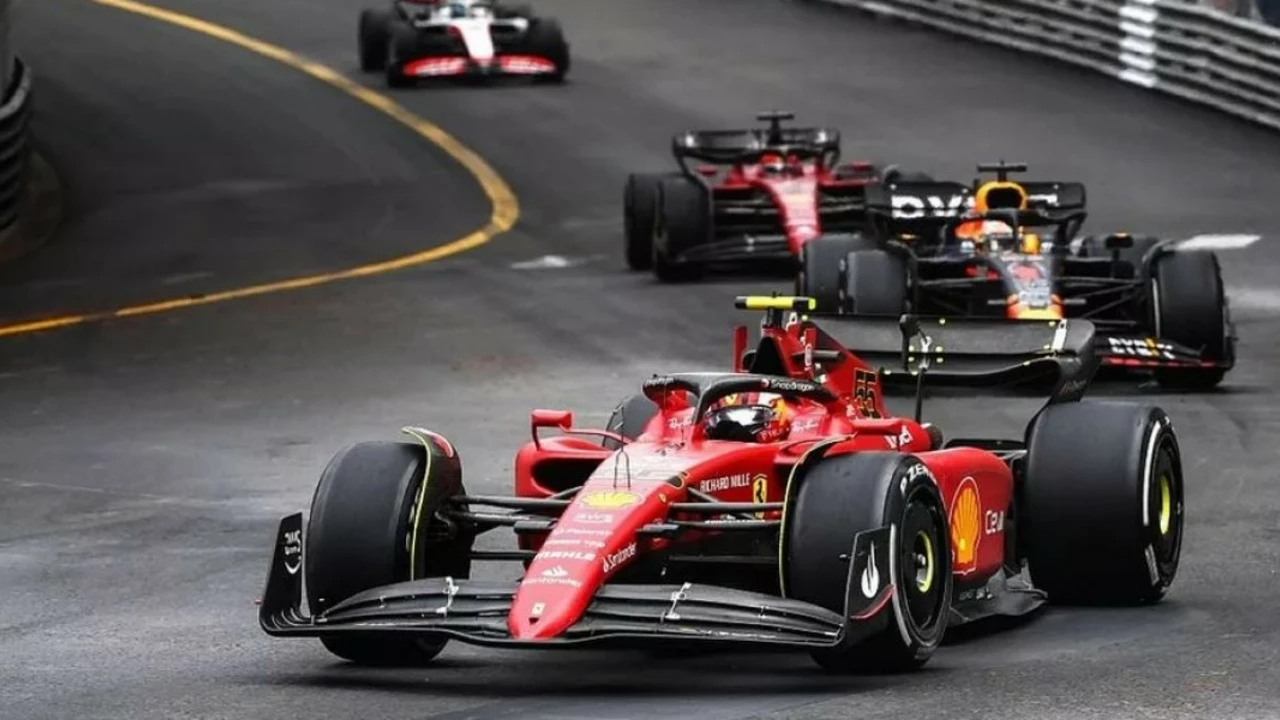Automotive Comparison: Who’s the Speed King – F1, NASCAR or IndyCar?
Top Speed Highlights
If you love fast cars, you’ve probably heard the names Formula 1, NASCAR and IndyCar. They all sound like speed demons, but they aren’t identical. A modern F1 car can hit around 230 mph on a long straight, and that’s after a decade of aerodynamic whisper‑quiet development. IndyCar slots in just a hair faster on ovals, touching about 235 mph, thanks to its lower downforce setup and wide‑rim tyres. NASCAR stays a solid runner‑up, topping out near 200 mph on superspeedways where the cars stay in a tight pack.
Those numbers sound close, but the way each series reaches them is quite different. F1 teams spend millions on wind‑tunnel testing, carbon‑fiber bodies and hybrid power units that blend a turbocharged V6 with an electric motor. IndyCar uses a more standardized chassis, but it trades downforce for raw power on the 2.2‑litre V6 turbo that pushes the car to those 235 mph marks on the oval. NASCAR relies on a 5.8‑litre V8 that cranks out roughly 750 hp, but the cars are heavier, have a boxier shape and run a lot of restrictor plates to keep speeds safe.
Why Speed Isn’t the Whole Story
Speed numbers are fun, but they don’t tell you everything you need to know before you pick a series to follow. F1 races often feature tight, twisty streets where braking and cornering matter more than outright top speed. IndyCar mixes road courses and ovals, so drivers must be versatile – they can be lightning‑quick on a straight but still need precision in tight turns. NASCAR focuses heavily on drafting, where staying close behind another car can give you a boost, making strategy as important as raw power.
Another factor is the fan experience. F1 brings a global circuit with races in cities like Monaco and Singapore, giving you a mix of glamour and technical challenges. IndyCar’s Indy 500 is a single‑day event that feels like a festival, while NASCAR’s season is built around NASCAR‑style tracks across the U.S., offering a constant “big‑track” vibe.
From a legal perspective, each series follows a different set of motorsport regulations, so the rules governing safety equipment, tyre usage and even driver licensing vary. Knowing those details can help you understand why a car’s top speed might look impressive on paper but feel different on the track.
So, which car is the fastest? If you only count straight‑line speed, IndyCar edges out F1 by a few miles per hour on ovals, while F1 leads on most road courses. NASCAR trails the other two but makes up for it with close‑quarter racing and a different kind of excitement.
Bottom line: pick the series that matches the type of racing you enjoy. Want razor‑sharp cornering and cutting‑edge tech? F1. Crave a blend of speed and versatility? IndyCar. Love pack racing and high‑energy drafts? NASCAR. No matter which you choose, you’ll get a taste of some of the fastest machines on the planet, and you’ll understand why speed alone doesn’t tell the whole story.
Well folks, buckle up because we're about to dive into the high-octane world of speed demons! Comparing Formula 1, NASCAR, and IndyCar, it's like picking between ice cream flavors - they're all deliciously FAST! But if we're talking sheer velocity, Formula 1 takes the gold, with cars reaching a mind-boggling 230 mph. NASCAR's not far behind though, sprinting up to 200 mph, while our friend IndyCar darts up to about 235 mph on oval tracks. So, grab your helmets, because in the race of speed, it's a photo finish between Formula 1 and IndyCar, but remember, speed isn't everything, it's how you handle the curves!
